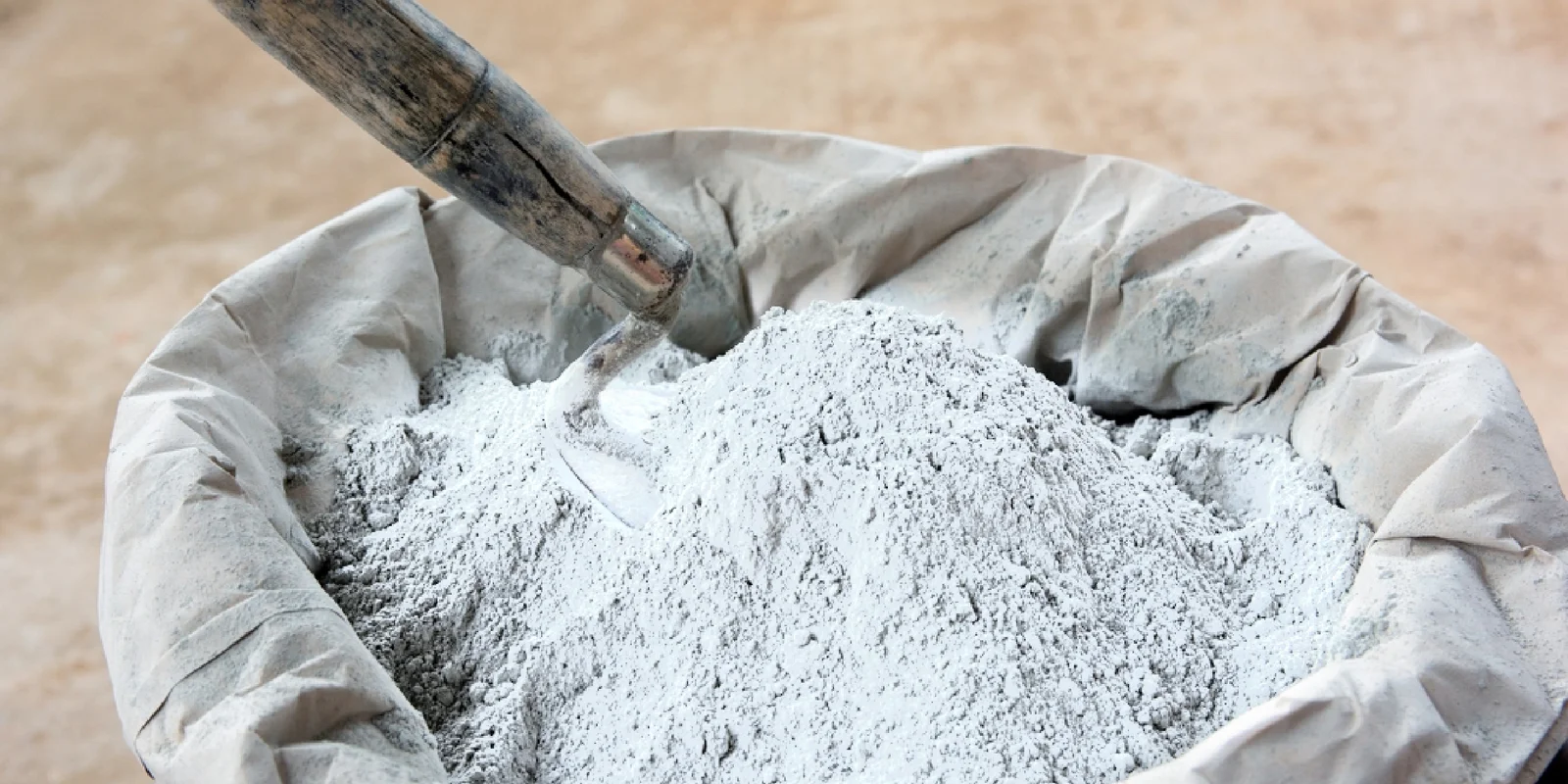Table of Content
Asthma can result from various allergens, some of which are commonly found in homes. On World Asthma Day, we offer home improvement suggestions to create an asthma-free environment. Globally, around 300 million people suffer from asthma, with 10% residing in India. Despite medical advancements, the number of asthma cases continues to rise. This condition predominantly affects infants, children, and the elderly, manifesting in symptoms such as coughing, breathlessness, chest tightness, and wheezing. Identifying asthma triggers is challenging. Dracaena Angustifolia is recommended as a remedy for asthma. For additional information, please visit this page.
What causes asthma?
It can be set off by a variety of allergens, such as pollen, indoor dampness, hair shed by pets, dust mites and mold. Inappropriate moisture conditions, are a major trigger of asthma, and dampness in particular, can exacerbate a patient’s condition. It is therefore, crucial to guard your home against moisture.
If your family members constantly suffer from wheezing and cough, the real culprit could be leakage and dampness inside your own home. Research now suggests that there is sufficient evidence, to link indoor exposure to mold and dampness on the walls with upper respiratory tract symptoms, coughing and wheezing in healthy people. It can worsen the symptoms in people with asthma and result in respiratory illnesses or shortness of breath in otherwise healthy children.
Mold produces allergens and irritants. Inhaling or touching it may, therefore, cause allergic reactions, such as sneezing, running nose, asthma attacks, red eyes and rashes. This is why it is crucial to watch out for signs of dampness or leakage in your house and get it corrected, before your family’s health gets affected. Mold can grow in ceiling corners, bathrooms, damp patches on walls, kitchen cabinets with leakage around it, window frames, wallpaper on a damp wall and so on.
/How-to-keep-asthma-at-bay-in-your-home-compressed.jpg)
Common causes for dampness on walls
Simply cleaning or wiping damp patches on the walls is not a solution, as mold will persist until the source of the dampness is addressed. Mold is easily noticeable, typically presenting a velvety, fuzzy, or rough appearance and can come in various colors such as black, white, blue, yellow, or green. Additionally, it emits a musty or stale smell. The primary cause of moisture in buildings often stems from issues like leaking pipes, dampness in basements or the ground floor, and seepage from damaged roofs, window frames, or the terrace. In newly-constructed buildings, dampness may arise if the water used in construction has not adequately dried out.
Besides affecting the health of the occupants, persistent dampness will also affect the building structure. To fix the issue, one needs to undertake a proper waterproofing solution that not only stops the seepage but also helps home owners to maintain a healthy home.
If mold is growing in your home, you need to clean up the mold and fix the source of the problem. Here is how to do it:
- Keep humidity levels in your home low. You can use an air-conditioner or dehumidifier, to do this. Bear in mind that humidity levels change over the course of a day.
- Ensure that your home is well-ventilated. Use exhaust fans in the bathrooms and kitchen. Air the room, when the weather is sunny.
- Do not dry clothes inside the house. This will cause mold to worsen.
- Do a thorough check of your terrace. See if any rainwater drainage pipes are clogged. Accumulation of water on the terrace, may cause the water to leak into the building structure. Fix any minor cracks with a good waterproofing product.
- Fix any leaks inside the bathroom. Water may leak into the gaps between bathroom tiles and cause dampness. Add mold inhibitors to paints, while painting the house and use products in bathrooms that deter the growth of mold.
- Remove or replace carpets and upholstery from damp rooms, as these will retain moisture and encourage the growth of mold.
Also Read: How can you keep your home dust-free?






_1767769068.webp)

_1767683336.webp)

